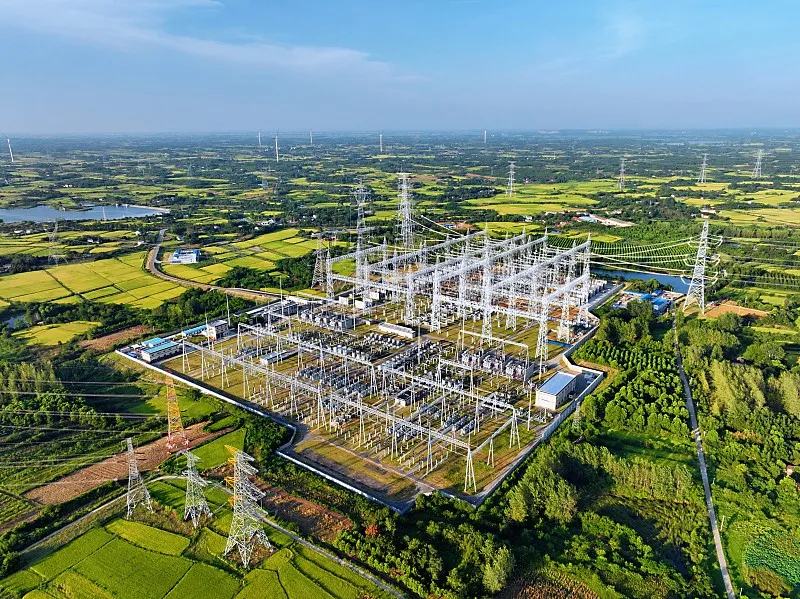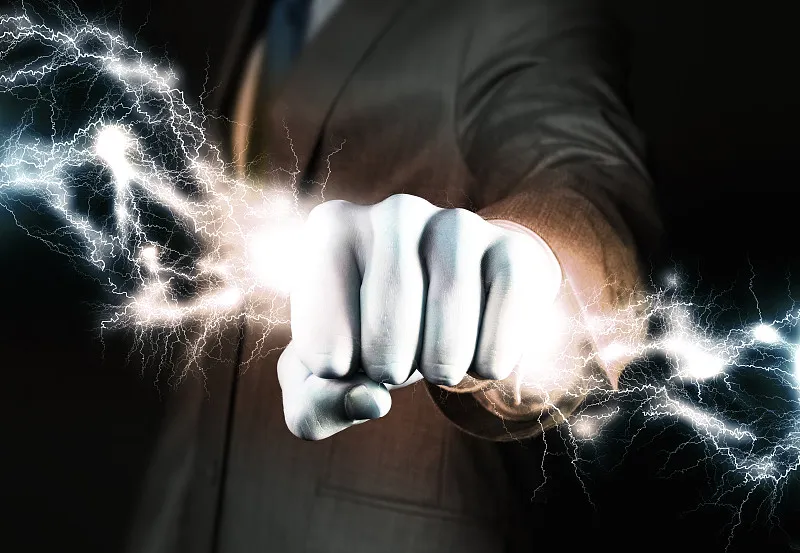Reliable Gas Room Heaters for Year-Round Comfort Indoors
Why Gas Room Heaters Excel in Year-Round Comfort
Superior Energy Efficiency vs Electric Alternatives
Gas room heaters are particularly known for their superior energy efficiency compared to electric heaters, making them an excellent choice for year-round comfort. According to the U.S. Department of Energy, gas heaters can convert nearly 90% of the energy they consume into usable heat, which is significantly higher than the 80% to 85% conversion rate of electric heaters. This efficiency translates to more heat output per unit of energy used, enhancing comfort while saving on energy costs. Furthermore, integrating options like an "indoor propane heater" not only highlights the efficient use of fuel but also underscores reduced emissions, as propane options use less fuel and produce fewer emissions compared to electricity derived from fossil fuels. Additionally, gas prices are generally more stable and lower than electricity rates, offering an added advantage for long-term operational cost savings.
Instant Warmth Capabilities in Cold Seasons
Gas room heaters are appreciated for their ability to deliver immediate warmth, often heating up spaces within minutes of being ignited. This makes them particularly valuable during sudden cold spells when quick adaptation is essential. The capability to swiftly respond to temperature changes reduces the dependency on electric heaters during peak cold periods, thereby minimizing wear and tear that electric systems might experience. Gas heating technology is engineered for faster warm-up times compared to electric heaters, allowing them to heat large indoor spaces efficiently without the typical lag that can occur with electrical systems. This instant warmth feature proves indispensable in ensuring comfort throughout the colder months.
Lower Operational Costs for Continuous Use
The operational costs associated with gas heaters are notably lower when used continuously, thanks to the generally cheaper and more stable price of natural gas compared to electricity, which can fluctuate significantly. Homeowners often experience tangible savings, sometimes up to 30% on their energy bills, in the first year of installation alone after transitioning from electric heating systems. By maintaining regular maintenance routines, the efficiency of gas heaters is further improved, accentuating long-term cost savings and the financial benefits they offer over time. This economic advantage positions gas heaters as a sustainable choice for year-round comfort, particularly when considering continuous use scenarios.
Key Types of Gas Heaters for Indoor Spaces
Infrared Gas Heaters: Targeted Radiant Warmth
Infrared gas heaters offer a unique heating solution by directly targeting objects and people instead of merely warming the air. This method is particularly effective in spaces with high ceilings or draughty areas, as it minimizes heat loss. Furthermore, these heaters are generally quieter than their convection counterparts. They can seamlessly integrate into home interiors with stylish cabinet designs that enhance overall aesthetics. Infrared heaters are also well-suited for specific zones within a home, providing focused thermal comfort without heating the entire room.

Radiant Gas Systems: Whole-Room Heat Distribution
Radiant gas systems are designed to provide whole-room heat distribution by relying on heating surfaces that emit heat evenly throughout the space. This means that they maintain stable temperatures, making them ideal for large living spaces where consistent warmth is crucial. These systems can integrate seamlessly into existing home layouts without requiring significant modifications. With efficiency ratings that can exceed 85%, radiant gas systems offer homeowners an excellent balance of comfort and utility cost reduction.

Convection Gas Models: Balanced Airflow Solutions
Convection gas heaters operate by warming the air, which then circulates throughout the room, ensuring both even heating and comfort in larger areas. These models are typically compact, allowing them to be placed against walls or used as free-standing units, providing versatility for various room configurations. They are particularly adept at operating efficiently even in spaces with multiple windows and high ceilings, making them suitable for different residential environments.

These various types of gas heaters provide tailored solutions for indoor heating needs, ensuring that no matter the space or the specific requirements, there is a gas heater model available to provide effective, efficient warmth.
Essential Safety Protocols for Gas Heating
Ventilation Requirements for Combustion Safety
Proper ventilation is a fundamental safety protocol for the effective and secure operation of gas heating systems. Ensuring adequate airflow mitigates the risk of harmful fume build-ups, such as carbon monoxide, which can be detrimental to health. Homes using gas heaters should be equipped with sufficient vents or openable windows to facilitate fresh air circulation. Moreover, exhaust systems might require regular inspections and updates to meet safety standards. Installing carbon monoxide detectors can further enhance safety by monitoring indoor air quality and alerting residents to potential dangers.
Automatic Shut-Off and Tip-Over Protection
Modern gas heaters commonly feature automatic shut-off systems designed to activate if the unit tips over, significantly reducing the risk of fires. Prioritizing models with dual safety features, such as tip-over mechanisms and overheating protection, is vital for continuous safety, especially in households with children or pets. These features ensure that the heater ceases operation immediately in unsafe conditions, providing a crucial layer of security for peace of mind.
Certification Standards (CSA/UL) to Prioritize
Prioritizing gas heaters that meet stringent certification standards, such as those from the Canadian Standards Association (CSA) or Underwriter Laboratories (UL), is crucial for ensuring safety and performance. These certifications guarantee that the products have undergone rigorous testing to verify their safety features and efficiency. For consumers concerned about the risks associated with gas heating, choosing certified units offers reassurance and protection against hazards linked to substandard models. Therefore, researching and purchasing only certified gas heaters are best practices for safeguarding indoor environments from potential dangers.
Maximizing Efficiency & Longevity
Proper Sizing for Square Footage Needs
Choosing the right size of a gas heater is essential for optimal heating efficiency. Under-sizing can lead to constant operation and higher energy costs, while over-sizing results in unnecessary energy usage. Homeowners should calculate the necessary BTU output based on room dimensions and insulation quality to achieve the ideal balance in heating performance. Investing time in proper sizing can enhance comfort levels and significantly extend the life of the heater. This approach ensures your propane indoor heater operates at peak efficiency, providing warmth without wasting resources.
Routine Maintenance Checklist
Regular maintenance is key to prolonging the lifespan of gas heaters. Tasks include cleaning burners, checking for gas leaks, and ensuring ventilation pathways are clear. Users can consult guidelines from manufacturers or heating experts for comprehensive instructions. Annual inspections by professionals are highly recommended to catch issues before they escalate into costly repairs. A dedicated maintenance schedule reflects commitment to safety and efficiency in heating, ensuring your gas infrared heater remains reliable during colder months.
Smart Thermostat Integration Strategies
Integrating gas heaters with smart thermostats allows for energy savings through optimized scheduling and temperature adjustments based on occupancy. Smart technology provides insights into energy usage patterns, enabling homeowners to make informed decisions regarding heating needs. This modernization not only enhances energy efficiency but also results in better overall indoor comfort via precise temperature control. Utilizing a smart thermostat with your gas radiant heater ensures flexibility and a tailored heating solution for your home environment.
Addressing Common Installation Concerns
Venting Options for Different Home Layouts
Venting solutions vary widely depending on your home's layout and are crucial for maintaining safety and efficiency standards. You might consider direct, power, or natural venting systems as they cater to diverse architectural needs and adhere to safety protocols. Understanding local building codes and regulations is imperative as complying with these codes can speed up installation timelines and ensure optimal function. Consulting with professionals can help you assess the best venting option tailored to your home structure, ensuring your gas heater operates efficiently and safely. This guidance often includes considering both the heater's performance and the structural elements involved in the venting process.
Fuel Line Safety Best Practices
When installing a gas heater, securing fuel lines is essential to prevent leaks and potential hazards. Professionals are trained to follow strict safety measures concerning gas line materials, installation angles, and pressure testing. Conducting routine checks and maintenance of these fuel lines ensures the heater remains reliable over time and mitigates risks associated with wear and tear. Additionally, adherence to these best practices not only prevents immediate issues but also helps in identifying potential future concerns, thereby ensuring both safety and efficiency in heater operation.
When to Hire Professional Installers
Sometimes, the complexity of heater installations might necessitate hiring licensed professionals, especially in areas with rigorous building codes and safety standards. Professionals bring expertise that enhances safety and ensures compliance with relevant regulations, thus protecting your investment in a gas heater. Whenever uncertainty arises over the intricacies of installation, consulting with experts can save you time and contribute to better long-term outcomes. Overall, leveraging professional help can transform potentially daunting installation challenges into manageable tasks, ensuring peace of mind while setting up your gas heater.







